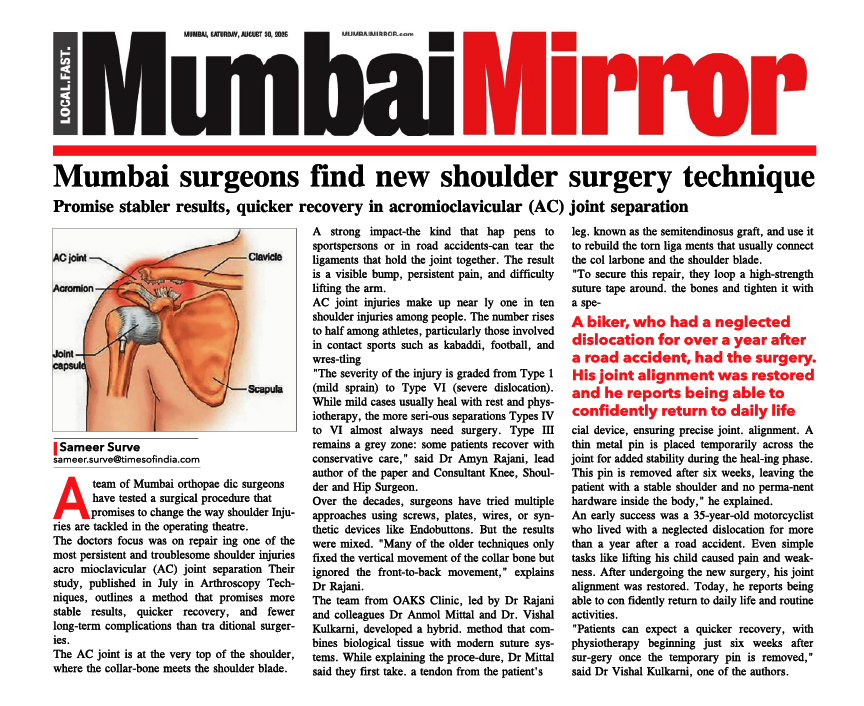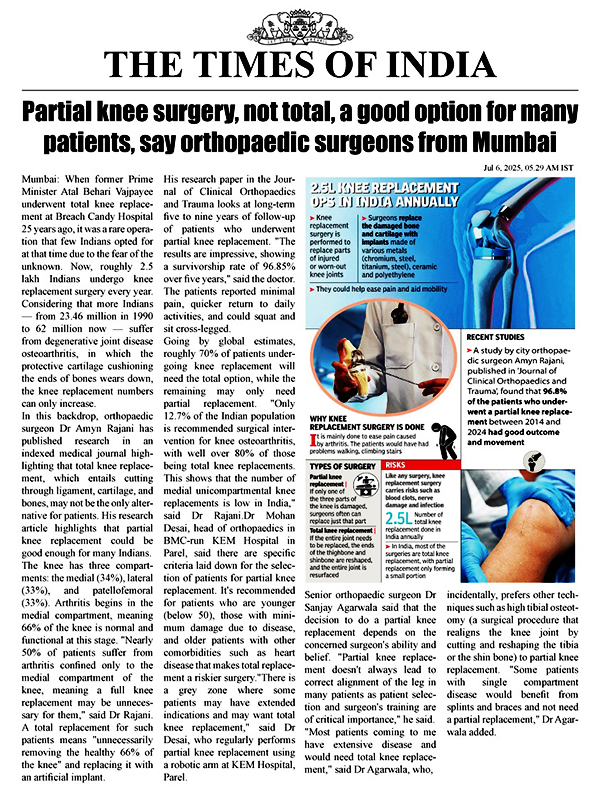Fractures of Tibial Plateau
Introduction:
The upper part of the tibia bone is expanded like a cone with the base of the cone located upwards and the tip pointing to the foot. The outer part of this base is called the lateral Condyle and the inner part is called the medial Condyle This upper end is called the Tibial Plateau. Fractures around Tibial Plateau are of great significance because this is the area where most ligaments of the Knee are attached.
Most Tibial Fractures occur due to vehicle accidents or due to a fall on the Knee.
Symptoms:
- Pain
- Swelling
- Difficulty or inability to walk or move the limb
- Bruising may be seen over the skin
- Decrease or absent distal pulses if associated vascular injury
Associated Injuries:
- Meniscus Tear
- Anterior Cruciate Ligament Tear
- Medial or Lateral Collateral Ligament Tear
- Popliteal Vessel injury
- Common Peroneal Nerve injury
Complication of Fracture
Compartment Syndrome:
This is a condition in which due to the injury and bleeding the pressure in the leg compartments increases to such a level, that it may cut down the blood supply to the limb leading to muscle necrosis and gangrene.
Classification of Tibia Plateau Fractures:
Classification according to part involved
Type 1

Split Fracture involving the Lateral Condyle
Type 2

Split Fracture of the Lateral Condyle along with depression of the bone
Type 3

Depressed Fracture of the Lateral Condyle
Type 4

Fracture of the Medial Condyle
Type 5

Fracture involving both the Condyles
Type 6

Fracture of both the Condyles that extends downwards to the shaft of the Tibia
Investigations
X-rays:
Both Anterior Posterior view and Lateral view x-rays are advised.
CT Scan:
In badly Comminuted Fractures a 3D CT scan may be advised.
MRI:
Advised in cases of suspected ligament injury.
Conservative Management:
Displacement or depression of the Fracture fragment up to 5mm can be treated by non-operative methods.
In these Fractures a plaster cast from the groin to the toes is applied and kept for about 6 weeks. This is then replaced by a long Knee brace for about 4 weeks. Patient has to be non-weight bearing till consolidation of the Fracture occurs, which is usually 6-8 weeks.
Surgical Management
If the depression or displacement is greater than 5 mm then surgery is indicated.
Surgical methods as per the classification of the Fractures:
Type 1 : Closed reduction and internal fixation.
Type 2 : Mini-open reduction , elevation of depressed fragment, bone grafting and plate and screw fixation.
Type 3 & Type 4 : Open reduction, elevation of depressed fragment and internal fixation with screws & plate.
Type 5 and Type 6 : Open reduction, bone grafting and plate on both inner and outer sides.
Complications:
- Infection
- Loss of Knee movement
- Irritation of skin from plates and screws
- Late collapse of the Fracture
- Arthritis of the Knee Joint


